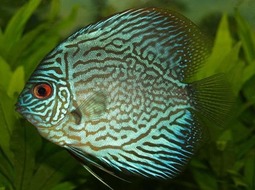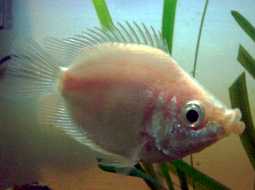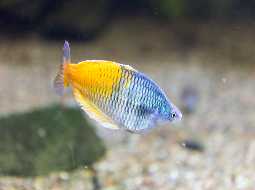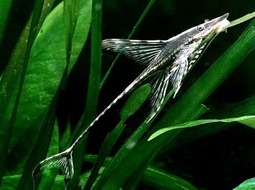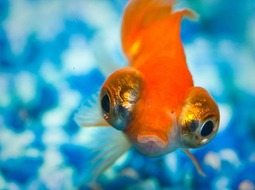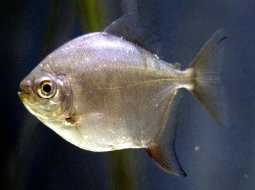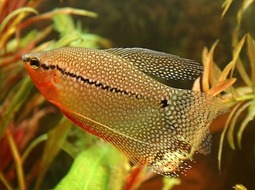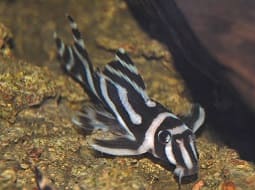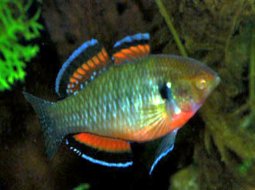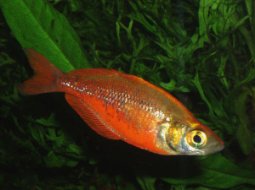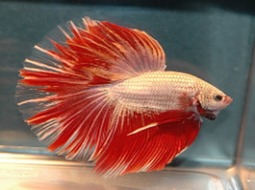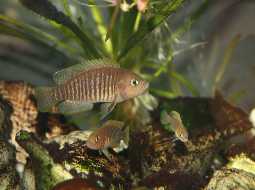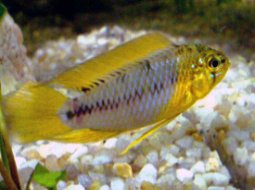
Loading Aqualapp ...
Care and Compatibility of Forktail Blue-Eye - Pseudomugil furcatus
Introduction
The Forktail Blue-Eye is a peaceful and small-sized species that is popular in community aquariums. Its body is transparent with dark horizontal lines extending from the head to the tail, giving it the appearance of a forked tail. In addition to its striking appearance, this fish is also known for its lively and active behavior.
Behavior
The Forktail Blue-Eye, scientifically known as Pseudomugil furcatus, is a species of freshwater fish native to Australia and New Guinea. It is characterized by its slender and elongated body, as well as its vibrant colors. The males are more colorful, displaying bright blue and yellow hues, while the females are more subdued.
Sexual Dimorphism
Sexual dimorphism in Pseudomugil furcatus is minimal and difficult to distinguish. Both males and females have a similar appearance, although males may be slightly slimmer and have more vibrant colors.
Reproduction
Breeding Forktail Blue-Eyes can be challenging in aquarium conditions. To induce breeding, a suitable environment with floating plants and hiding spots is required. Males will exhibit courtship behavior, and females will deposit their eggs in protected places. The eggs should be removed from the main aquarium as adults may eat the fry.
Aquarium Conditions
Pseudomugil furcatus, commonly known as the blue eye rainbowfish, requires a well-planted aquarium with open swimming areas. It prefers soft to moderately hard water and a warm temperature. Aquarium décor should include fine-leaved plants and shaded areas. Maintaining water quality is crucial and providing a varied diet.
Feeding
When it comes to feeding, the Forktail Blue-Eye is omnivorous and feeds on a variety of foods. It accepts both dry and live foods, such as small crustaceans, insects, and larvae. It is important to provide a balanced and varied diet for its health and well-being.
Complexity
Caring for Pseudomugil furcatus is relatively straightforward. They are peaceful fish that adapt well to a wide range of water conditions. It's recommended to keep them in groups of at least six individuals to promote their natural behavior. They are omnivores and accept a variety of foods, including commercial tropical fish flakes and live foods.
In case you need more help, or if you want to know into any topic related to the Pseudomugil furcatus (Forktail Blue-Eye) and even any other species you can use the forums to ask what you need.
To do an analysis more detailed about coexistence and behavior of Pseudomugil furcatus (Forktail Blue-Eye) use the Aquarium simulation tool, if you do this you can test different ways to combine the Forktail Blue-Eye with other fishes giving the dimensions and space on you aquarium, on this way you can known the optimal configuration for keep the fishes that you want.
You can also find out the 104 species compatible with the Pseudomugil furcatus (Forktail Blue-Eye) can live together.
Note: The parameters of the water such as PH and temperature are also used to calculate the compatibility of the species.
Compatible species (104)
Compatible (72 Species)
Compatible without any restriction
Similar Sizes (26 Species)
They can coexist if they are the same size or very similar sizes, it does not work in all cases, there may be exceptions.
With Reservation (1 Species)
Compatible in some cases, it depends on the nature and personality of the fish.
Compatible if space is enough (5 Species)
They can coexist together if the aquarium they share is large and spacious enough for both species to feel good, as some fish may attack others to feel that they have little space and try to eliminate the competition.
Forktail Blue-Eye
Pseudomugil furcatus

- Ph: 6 - 8
- Temperature (c°): 24 - 26
- Measures: 4 cm - 5cm
- Aquarium Capacity:
8 Liters - 2 Gallons - Alimentación: Omnivores
- Colores: Black, Orange, White
- Comportamiento: Peaceful, Shoal, Sociable
- Habitad: Australian
- Preferencias del Acuario: Natural plants, Rocks, Sand
- Tamaño: Small
- Taxonomía: Fish
- Tipo de Agua: Sweet water, Tropical waters
- Velocidad de nado o movimiento: Normal
- Zona de Nado: Swim in the middle of the aquarium


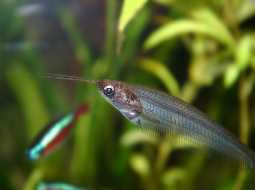

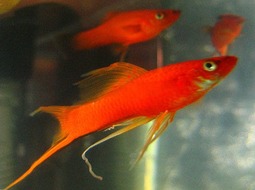



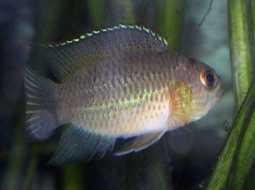


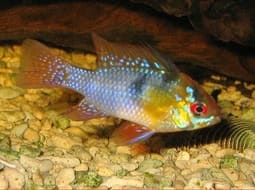
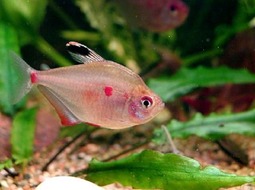
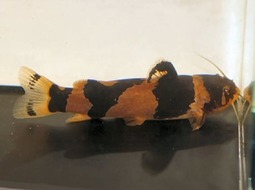


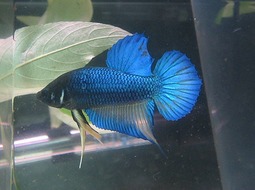


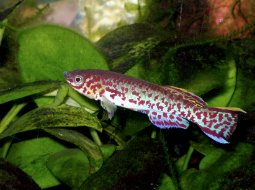
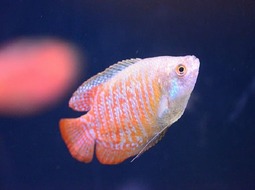

.jpg)
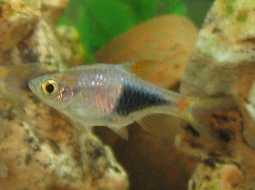
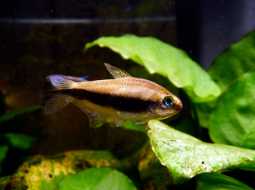
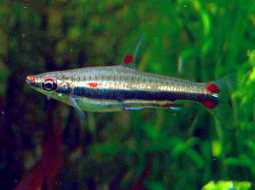

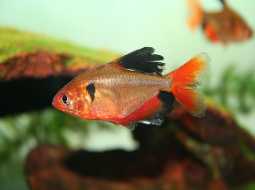

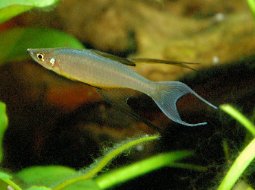
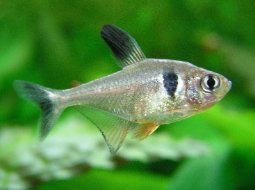
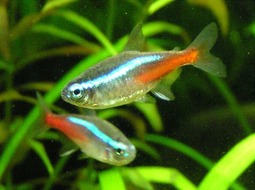


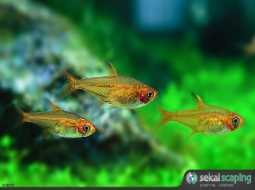
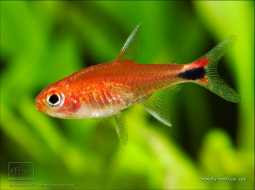
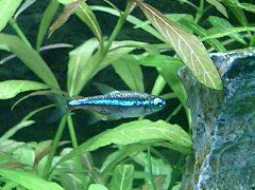

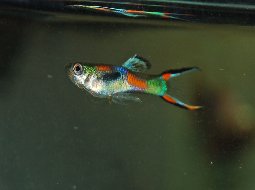
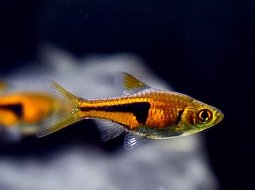
.jpg)





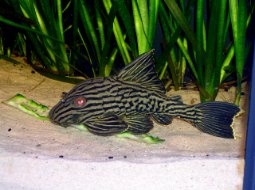

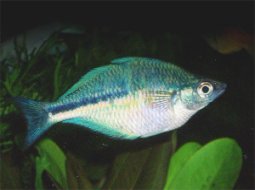





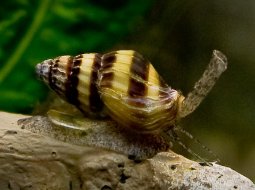



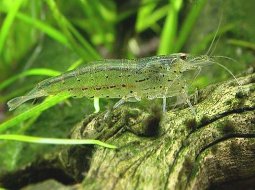
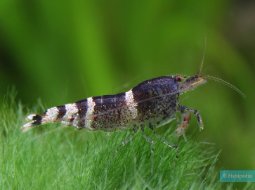
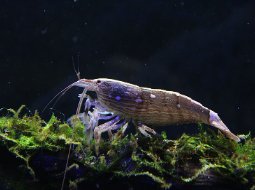




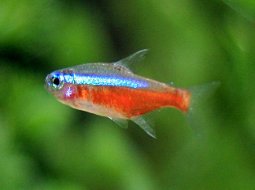
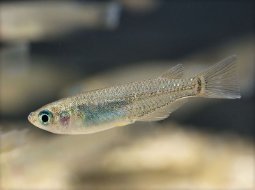

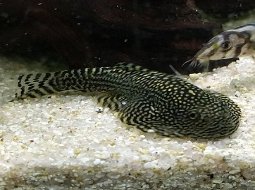



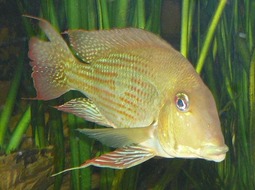
.jpg)
